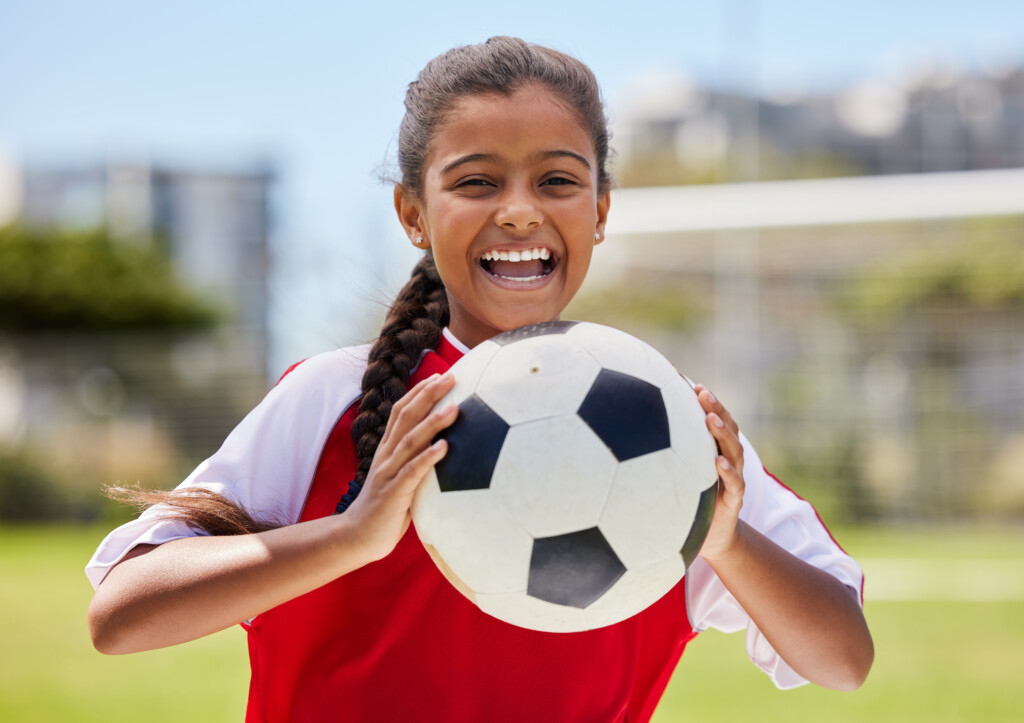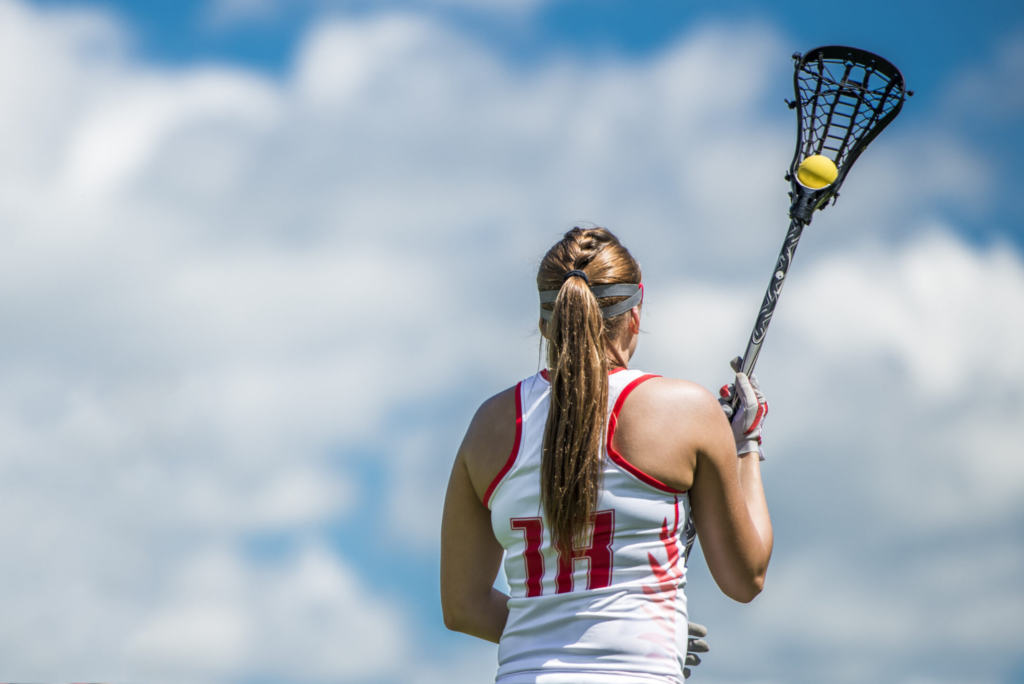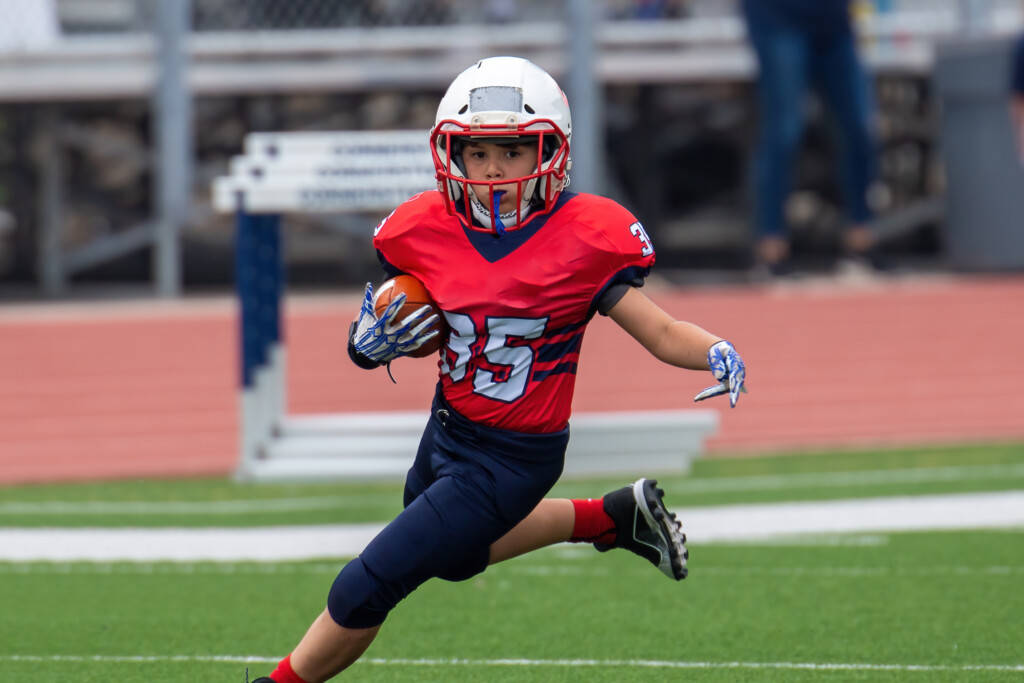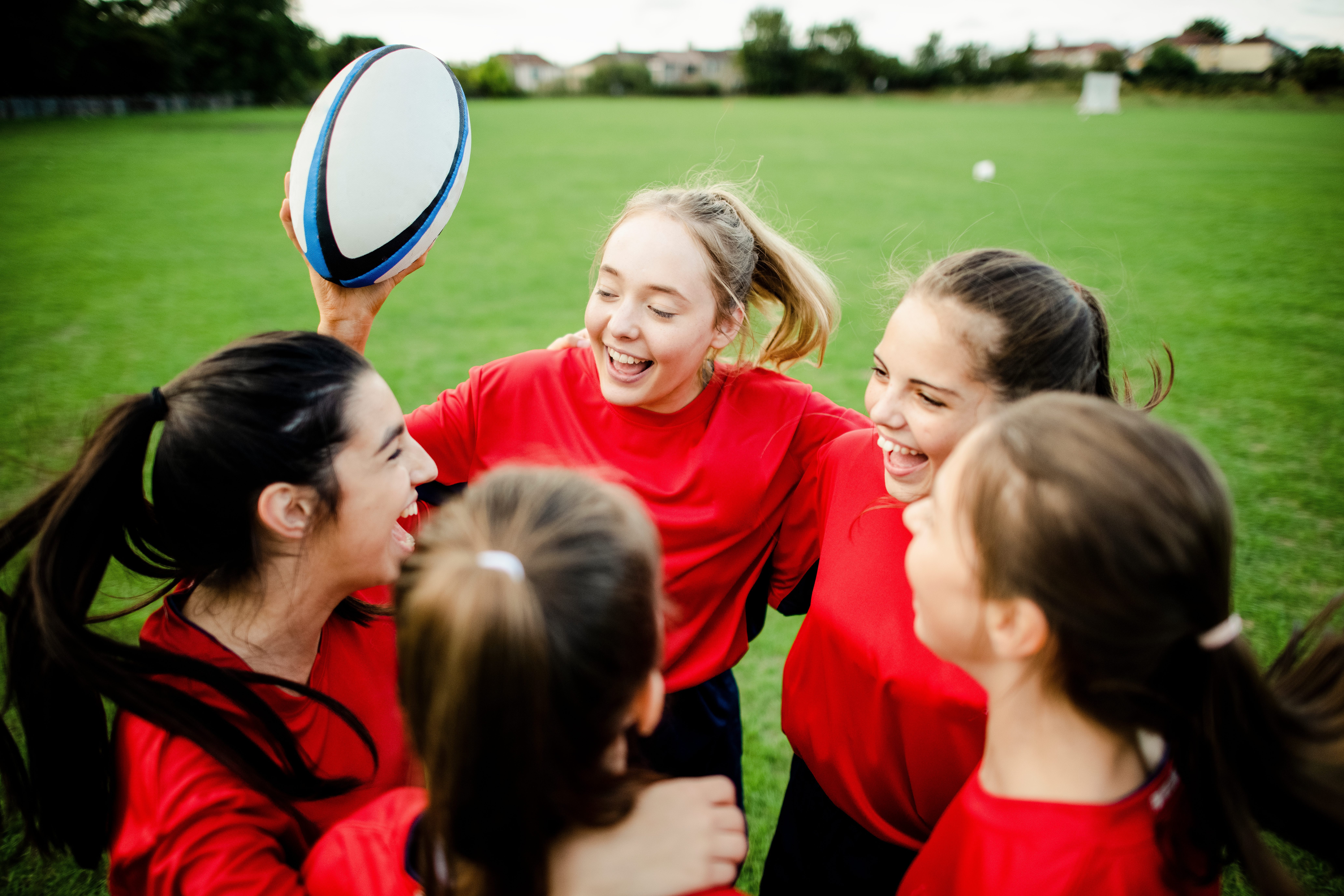Concussion
All sport participants play a vital role in detecting and managing concussions. Our resources include the latest research and best practices, as well as tools to support education and the development of policies and protocols.
Search Concussion Resources
Top 10 resources
- Consensus statement on concussion in sport: the 6th International Conference on Concussion in Sport
- Canadian Guideline on Concussion in Sport
- The new Consensus Statement on Concussions in Sport: What does it mean for sport leaders in Canada?
- Canada’s Concussion Roadmap
- Concussion Recognition Tool 6
- Sport Concussion Assessment Tool 6
- Child Sport Concussion Assessment Tool 6
- Concussion Policy Development in Canadian Sport
- Concussion Protocol Template
- NCCP Training Module Making Head Way in Sport

Featured resource
Children's Hospital of Eastern Ontario Research Institute and SIRC

Featured resource
Sport Information Resource Centre

Featured resource
Dr. Scott Ramsay, Ph.D and Paula Baker

Featured resource
University of Calgary, Parachute Canada, and SIRC
Quick Facts
How can someone recognize when an athlete has sustained a concussion?
A concussion can be caused by any contact to the head, neck or body which causes the brain to move within the skull. If an athlete was involved in a potential concussive event (for example, a fall or hit), they should be removed from play until cleared by a medical professional. Some of the common symptoms of a concussion to look out for include headaches, dizziness, sensitivity to light and difficulty remembering. The following tools help with the recognition of concussions:
What should someone do if they think an athlete has a concussion?
If an athlete is suspected to have sustained a concussion, they should be removed from play and referred to a medical professional for a concussion assessment. Athletes who continue to play after a concussion are at an increased risk of experiencing a second injury or a prolonged recovery.
What is Rowan's Law?
- Educate all sports participants (for example, athletes, parents, and coaches) about concussions using Ontario's Concussion Awareness Resources.
- Establish a Concussion Code of Conduct.
- Create Removal-from-Sport and Return-to-Sport protocols.
When can an athlete return to school or sport after a concussion?
Athletes should rest for an initial period of 24 to 48 hours after a concussion. After an initial rest period, they can begin to follow the appropriate return to school and sports guidelines with the support of a medical professional. The adult and pediatric living guidelines outline a gradual return to activity and recommend a full return to school before a full return to sport.
What is the role of a coach or official in concussion prevention, detection and management?
What can sport organizations do to better support concussions?
Concussion education is critical for all sport participants and can help ensure athletes get the support they need. To support concussion education and awareness, each National Sport Organization should have a concussion protocol and policy, which should also be shared by organizations at the local level. This resource
can be used to support the development of concussion policies. Additionally, organizations should promote concussion awareness through concussion education.
How can sports organizations lead the way in concussion prevention and management?
Having and using up-to-date and evidence-informed concussion policies and protocols are some of the best things that sports organizations can do to lead the way when it comes to concussions. To support the creation of policies and measure the impact that these policies have on concussions in sports, organizations should rely on research. Many sport organizations are leading the way when it comes to using research to inform their policies and partnering with researchers to measure the impact of these policies. For example, Rugby Ontario is working with researchers to understand the impact of their ‘Blue Card’ initiative on concussions in rugby, while Hockey Canada used recent research to create a policy disallowing body-checking in their youth leagues.
To learn more about some of the sports leading the way, explore the following resources:
Video Resources
Return to play and rehab considerations for the concussed athlete
- Canadian Academy of Sport and Exercise Medicine, Canadian Medical Association, and SIRC
- 2014
The Amsterdam Consensus Statement on concussion in sport: What does it mean for sport leaders in Canada?
- Sport Information Resource Centre (SIRC)
- 2024
Sport North Federation & SIRC WebinarConcussions – What coaches & their teams need to know
- Sport North Federation and SIRC
- 2021
CFRA “Experts on Call”: The Importance of Research and How Sport Organizations Can Use Data
- Laurentian University, University of Alberta, SIRC, and Bell Media
- 2019
Room 8 – Leadership, Coaching & Officiating | Salle 8 – Leadership, entraînement et arbitrage
- Cape Breton University, University of Toronto, University of Windsor, University of Manitoba, Ontario Tech University, and SIRC
- 2021
The Blue Card: A Data-Driven Model for Rule Changes – Jackie Tittley
- Rugby Canada and SIRC
- 2021
Knowledge Nuggets
knowledge nuggets
Managing concussions in children
Recent Canadian research has shown that, at least in children, there is no difference in symptom recovery between sport-related and non-sport-related concussions, reinforcing the need
Recent Canadian research has shown that, at least in children, there is no difference in symptom recovery between sport-related and non-sport-related concussions, reinforcing the need for proper care for every concussion, no matter where or how it happens.
knowledge nuggets
Diversifying concussion research
There is a significant gap in race and ethnicity reporting in concussion research. A recent review revealed that out of 854 articles, only 15.5% reported
There is a significant gap in race and ethnicity reporting in concussion research. A recent review revealed that out of 854 articles, only 15.5% reported race, 7.6% reported ethnicity, and 84.4% did not report either. To better understand the impact of concussions across diverse populations, researchers should include diverse participants in their studies and accurately report on the demographic characteristics of study participants.
knowledge nuggets
Concussions and mental health
A recent study exploring the relationship between concussion and poor mental health found that youth with pre-existing mental health challenges were more likely to experience
A recent study exploring the relationship between concussion and poor mental health found that youth with pre-existing mental health challenges were more likely to experience more emotional symptoms, like sadness, and a longer recovery time. Being aware of this increased risk and addressing mental health challenges early on in the recovery is crucial for supporting these athletes.
knowledge nuggets
Psychosocial factors in return to sport post concussion
After a concussion, athletes can experience psychosocial challenges like fear (of re-injury, returning to play, or losing status) and emotional challenges (such as depression and
After a concussion, athletes can experience psychosocial challenges like fear (of re-injury, returning to play, or losing status) and emotional challenges (such as depression and anxiety) that may influence when they feel ready to return to play. Supporting athletes during this time is important for ensuring they don’t feel pressure to return before they are mentally ready.
knowledge nuggets
Exercising after a concussion
It used to be that after a concussion, athletes were encouraged to rest until they no longer had any symptoms, but this is no longer
It used to be that after a concussion, athletes were encouraged to rest until they no longer had any symptoms, but this is no longer the case. Research continues to highlight that returning to safe physical activity in the first few days after a concussion can reduce a person’s chances of experiencing prolonged concussion symptoms.
knowledge nuggets
Taking a team approach to concussion care
When it comes to concussion care, a team approach can be very helpful. Research shows that children and youth who receive interdisciplinary care, meaning care
When it comes to concussion care, a team approach can be very helpful. Research shows that children and youth who receive interdisciplinary care, meaning care from health practitioners with different specialties, early on in their recovery tend to have better outcomes. The takeaway is that referring athletes to the proper care is key!
knowledge nuggets
The CRT-6
The CRT-6 highlights the importance of removing athletes from play if a concussion is suspected. This Concussion Recognition Tool helps coaches, trainers, and sports leaders
The CRT-6 highlights the importance of removing athletes from play if a concussion is suspected. This Concussion Recognition Tool helps coaches, trainers, and sports leaders recognize key signs and symptoms, ensuring quick and safe removal from play.
knowledge nuggets
The SCAT6
The SCAT6 is the latest evolution of the Sport Concussion Assessment Tool, first introduced in 2005. Updated with the latest research, it helps healthcare practitioners
The SCAT6 is the latest evolution of the Sport Concussion Assessment Tool, first introduced in 2005. Updated with the latest research, it helps healthcare practitioners recognize, assess, and manage sport-related concussions, keeping athletes safe.
More concussion resources
|
|
|
|
|
|
|
|
|
|
